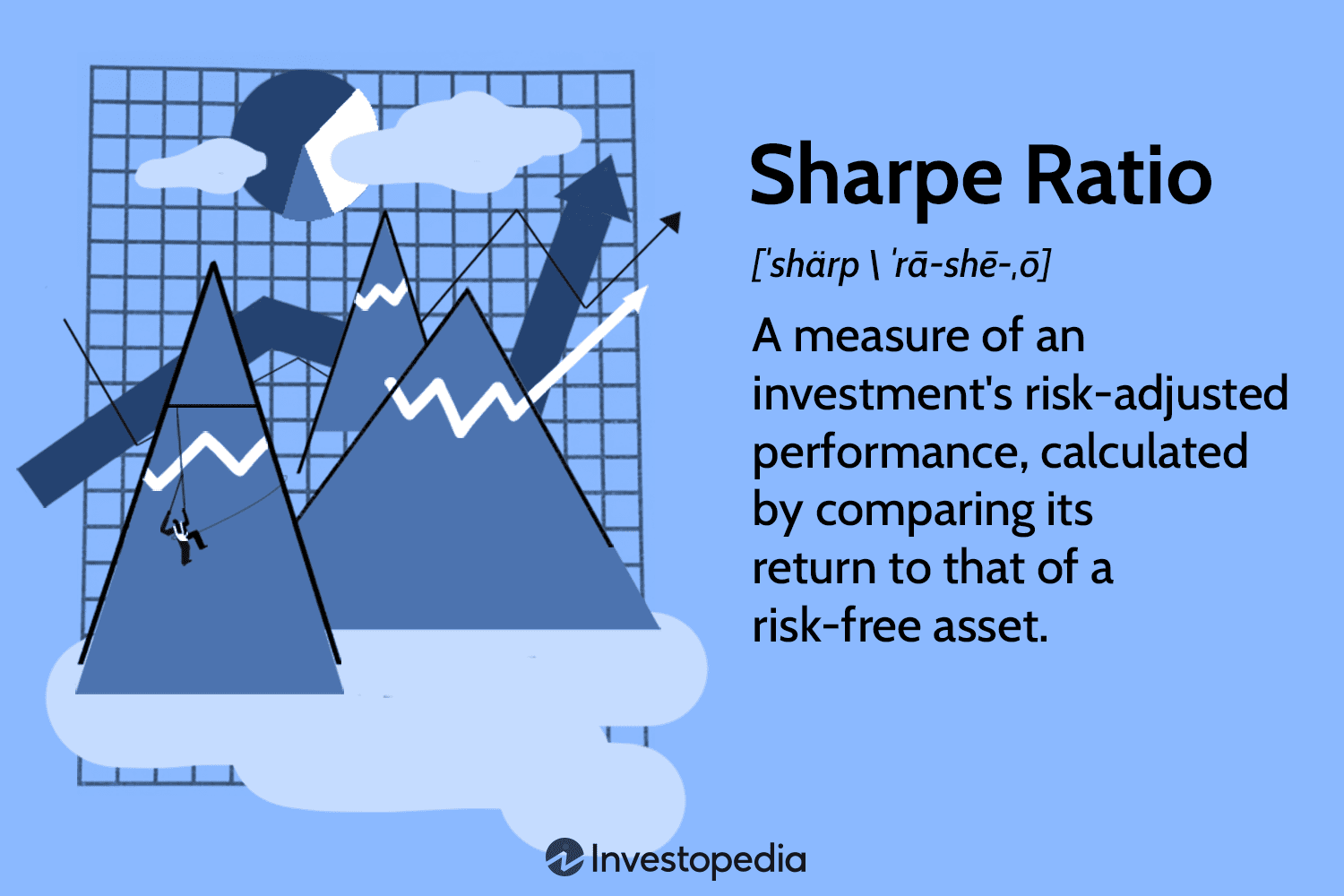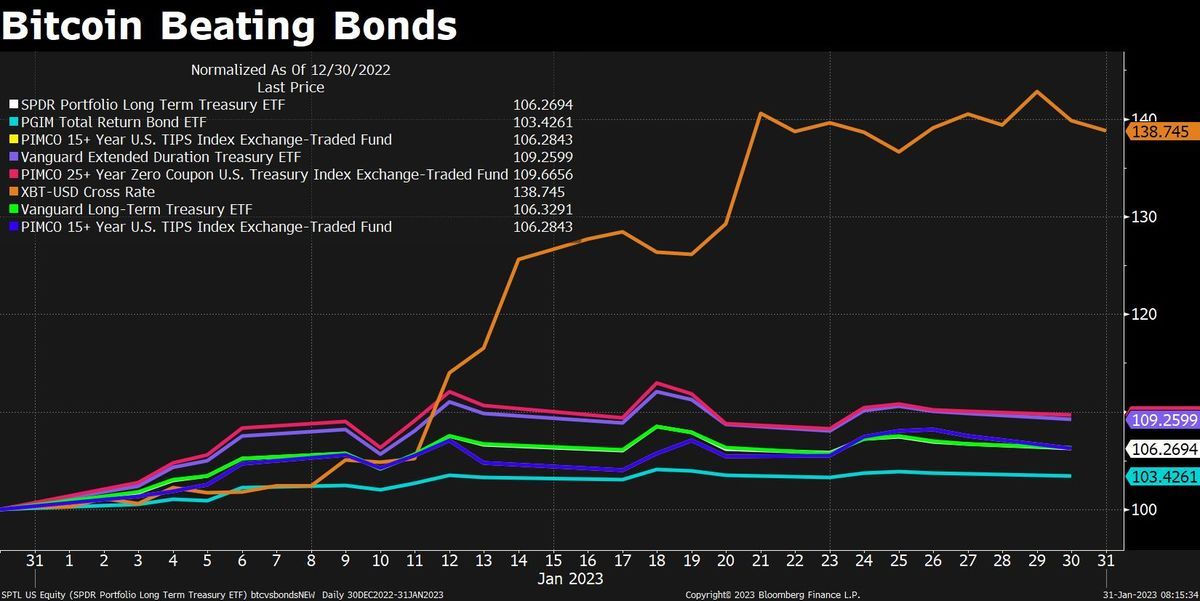Government bonds vs Crypto
Bitcoin continues to outperform government bonds across the world
I have closely monitored the performance of government bonds and cryptocurrencies over the past decade.
In this blog post, I will provide a detailed comparison of these two asset classes between 2010 and 2021, offering my personal insights into their performance, risk, and investment opportunities.
Government Bonds Performance

Government bonds are typically considered a low-risk investment option that provides investors with stable returns backed by the government. Between 2010 and 2021, the average annual return on US government bonds was 2.4%, according to the World Bank[1]. However, the returns on government bonds have declined in recent years due to the low-interest-rate environment, with returns reaching historic lows in 2020. The 10-year US Treasury yield dropped to a record low of 0.52% in August 2020.
Crypto Performance
Cryptocurrencies, on the other hand, have emerged as a new and volatile investment option. Bitcoin, the largest cryptocurrency by market capitalization, has seen its price rise from less than $1 in 2010 to over $50,000 in 2021, representing an increase of over 5 million percent[2]. However, cryptocurrencies are highly volatile, and their prices can experience significant corrections, leading to significant losses. For example, Bitcoin's price experienced an 80% drop in 2018[8].
Sharpe ratio

The Sharpe ratio is a key metric used to compare the risk-adjusted returns of different investments[3]. Comparing the Sharpe ratios of US government bonds and Bitcoin between 2010 and 2021, we can see that Bitcoin offers higher returns relative to the risk taken. The Sharpe ratio of US government bonds was 0.42, while the Sharpe ratio of Bitcoin was 2.27. This suggests that Bitcoin offers higher returns relative to the risk taken, but government bonds offer more stable returns.
Investment Metrics

Bloomberg has recently noted that Bitcoin continued to outperform traditional US bonds.
Bitcoin has been more volatile than government bonds over the past decade, with a volatility of around 50%, compared to less than 10% for US government bonds. The volatility of Bitcoin was even higher in 2013, reaching around 140%.
Another important metric to consider is liquidity, which measures the ease of buying and selling a particular asset. Bitcoin's daily trading volume has grown significantly over the past decade, reaching around $60 billion in 2021. However, this is still significantly lower than the trading volume of government bonds, which can reach several hundred billion dollars per day.
Crypto funds
In addition to trading and investing in individual cryptocurrencies, investors may also consider investing in crypto funds, which offer exposure to a diversified portfolio of cryptocurrencies. According to data from Crypto Fund Research, there are currently over 800 crypto funds, with total assets under management (AUM) of over $40 billion. The average return of these funds was around 126% in 2020, according to a report from PwC[5].
When comparing government bonds and crypto, investors should also consider the role of inflation in their investment strategy. Inflation can erode the value of traditional investments like government bonds, while some cryptocurrencies, such as Bitcoin, are often seen as a hedge against inflation due to their limited supply.
Correlation with NASDAQ and S&P500

The performance of government bonds and cryptocurrencies can also be compared to the broader stock market. Between 2010 and 2021, the S&P 500 index, which tracks the performance of 500 large-cap US stocks, had an average annual return of around 13.6%, while the NASDAQ composite index, which tracks the performance of technology stocks, had an average annual return of around 18.8%.
Compared to these stock market indices, both government bonds and cryptocurrencies have offered lower average returns but with different risk profiles. However, cryptocurrencies have also shown a higher correlation to the stock market, with Bitcoin's correlation coefficient to the S&P 500 increasing from 0.19 in 2016 to 0.50 in 2020, according to data from CoinMetrics.
This suggests that cryptocurrencies may be increasingly influenced by broader market trends and may become more closely integrated into traditional investment strategies[6][7].
Overall I think that crypto is going to continue to outperform traditional investment tools such as stocks and bonds.
Thank you for reading!
If you would like to know how you can earn safely 4-5% monthly on your BTC, ETH, USDT/C, then you might read our review about Crypto4Winners too!
Connect with us!
If you like our work in BitYields, consider getting in touch with us at:
- Telegram: https://t.me/bityields
- YouTube: https://youtube.com/@bityields
- Twitter: https://twitter.com/bityields
References:
- World Bank: https://data.worldbank.org/indicator/IRLTLT01USM156N
- Bitcoin: https://www.coindesk.com/price/bitcoin
- Sharpe ratio: https://www.investopedia.com/terms/s/sharperatio.asp
- Crypto Fund Research: https://www.cryptofundresearch.com/
- PwC: https://www.pwc.com/gx/en/financial-services/fintech/assets/pwc-elwood-annual-crypto-hedge-fund-report-may-2021.pdf
- S&P 500 index: https://www.spglobal.com/spdji/en/indices/equity/sp-500/
- NASDAQ composite index: https://www.nasdaq.com/market-activity/index/ixic
- CoinMetrics: https://coinmetrics.io
- Bloomberg: https://www.bloomberg.com/news/articles/2023-01-31/bitcoin-beating-us-government-bonds-is-a-whole-vibe-shift-in-markets
- ETFStream: https://www.etfstream.com/features/cryptocurrency-hedge-funds-vs-etfs